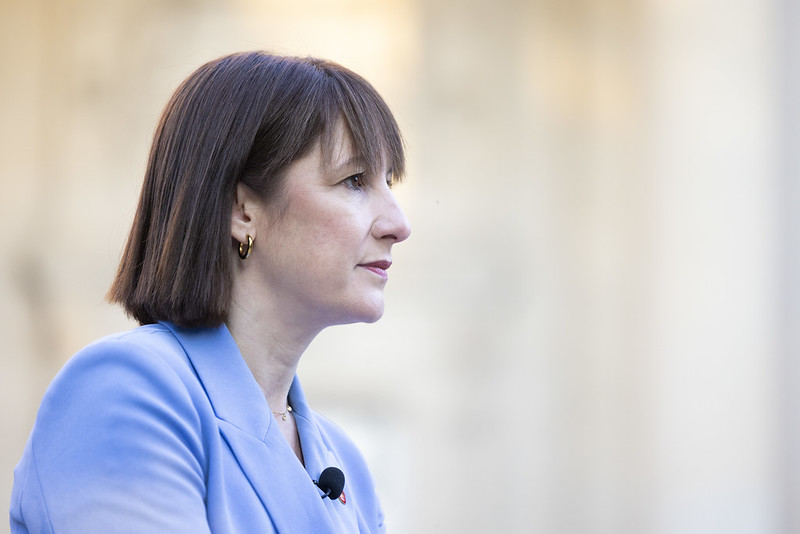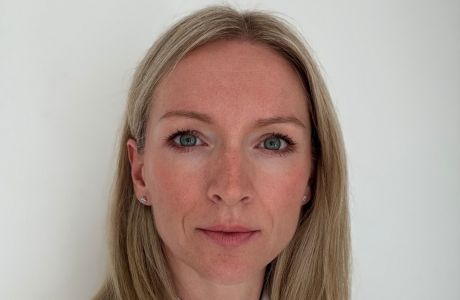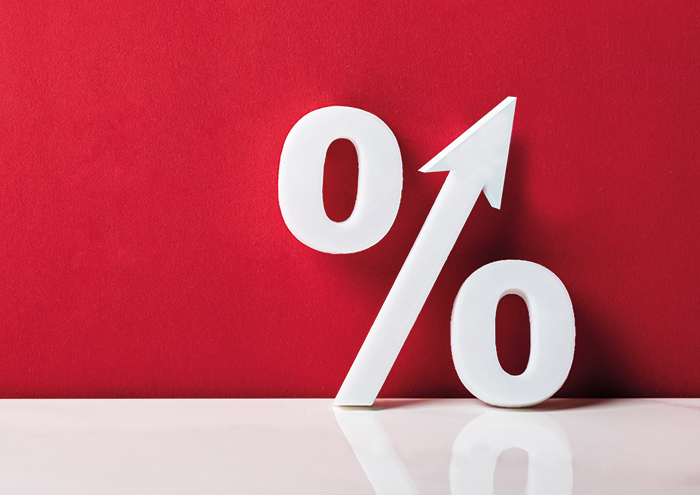
The Chancellor again spelt out that the country’s drive for growth “hinged on” planning reform.
Rachel Reeves said that firms around the country said to her they wanted “stability, which had been missing over the last few years. And they want planning reform, so they can get things done and get Britain building again.
“That’s what our plans for growth hinge on.”
The Chancellor was answering questions before the Treasury Committee for the first time today, following last month’s Budget.
“I want growth to be stronger and faster” than the Office for Budget Responsibility set out over the five-year parliament.
The public finances watchdog forecasts growth will rise 1.1% this year, then by 2% in next year boosted by front-loaded government spending. But the body estimates the economy will slip back to 1.8% growth in 2026, and 1.5% in 2027.
She said it was her “ambition” to beat the Office for Budget Responsibility growth targets.
The Office for Budget Responsibility has said it is “too early” to fully include the government planning reforms into its forecast, as it had not seen enough detail.
Chancellor’s Budget will lift day-to-day departmental spending by £48.8bn by 2029 and raise taxes by £31.9bn over five years.
A key part of Labour’s planning reforms will involve housebuilding, as the government seeks to build 1.5 million homes over the next five years.
Over the last five years, the UK built around 1 million homes.
The Office for Budget Responsibility has increased forecasts for both house prices and future mortgage rates compared to its March predictions in its Budget review.
In its latest Economic and Fiscal Outlook, published today, the independent body says it expects average interest rates on outstanding mortgages to rise from around 3.7 per cent in 2024 to a peak of 4.5 per cent in 2027, then remain around that level until the end of the forecast.
It says: “Compared to our March forecast, mortgage rates are around 0.3 percentage points higher on average over the forecast, driven by our higher forecast for Bank Rate.”
The OBR says: “In our central forecast, we expect house price growth to fall back slightly from 1.7 per cent in 2024 to 1.1 per cent in 2025, as the average effective mortgage rate continues to rise.
“House price growth then averages around 2.5 per cent from 2026 until the end of the forecast [2030] supported by nominal earnings growth.
“House prices have risen by around 3 per cent in the first half of the year, such that the average house price was around 3 per cent higher than our March forecast in mid-2024.
“Average house prices remain above our March forecast throughout, driven by the recent resilience and our forecast for higher nominal incomes.
“This would leave the average house price in the UK at £310,000 in 2028, around 2.5 per cent higher than our March forecast.”
The OBR predicts property transactions to rise from around 275,000 a quarter in 2024 to around 350,000 a quarter over its five-year forecast period.
It says: “We expect housing starts, a leading indicator of net additions to the housing stock, to gradually pick up from a decade-low of around 100,000 in 2024 to reach around 160,000 in 2029.
“Cumulatively over the forecast, net additions are around 1.3 million.”



